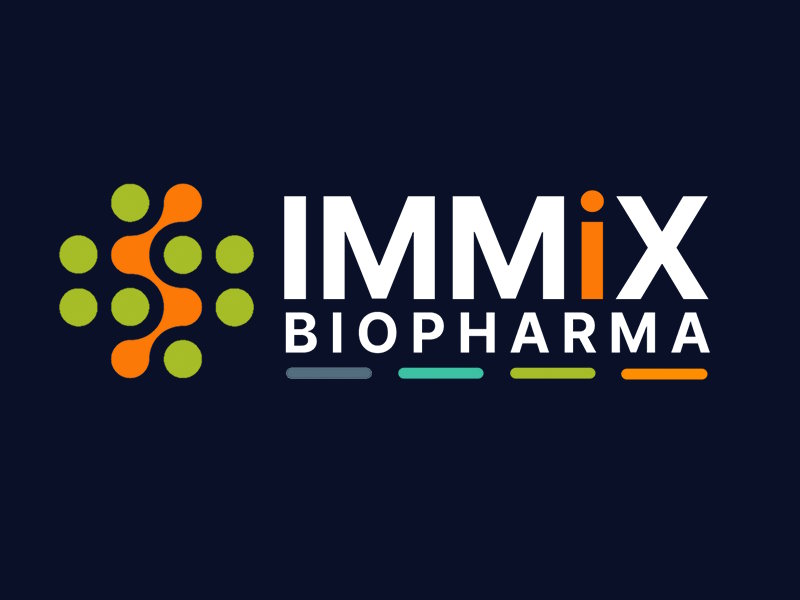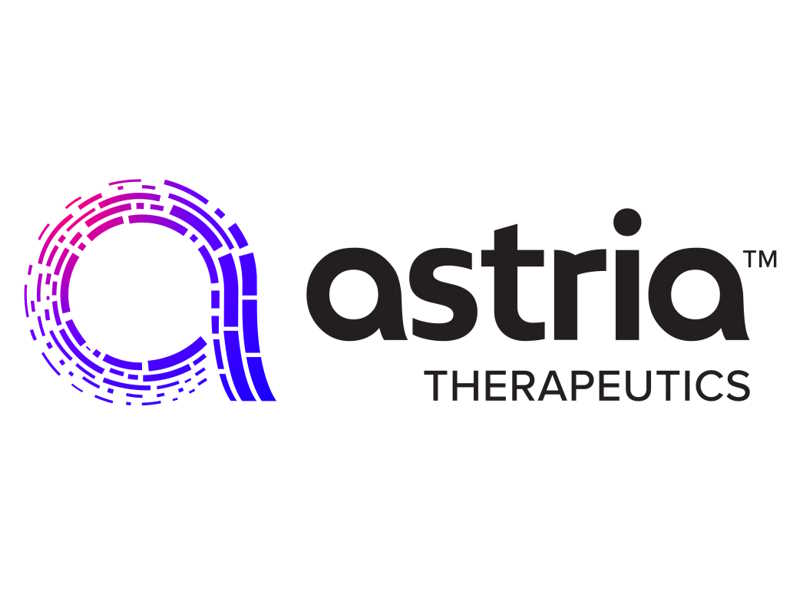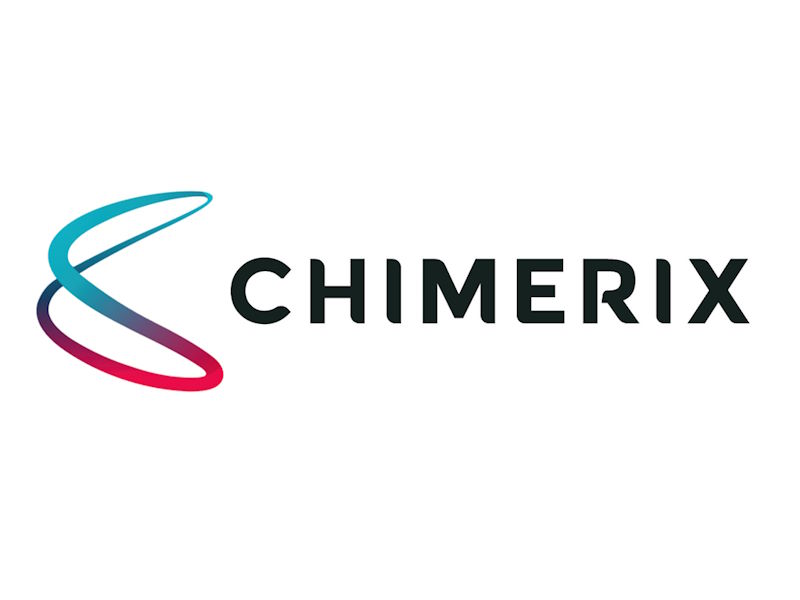ST. LOUIS--(BUSINESS WIRE)--C2N Diagnostics, LLC (“C2N”) provided today a recap of the multiple presentations at the 15th Clinical Trials on Alzheimer’s Disease (CTAD) Congress, November 29 – December 2, 2022, in San Francisco, highlighting the clinical utility and performance of the company’s blood-based biomarkers for the evaluation of patients with cognitive impairment.
Findings Highlight How Patients Benefited from PrecivityAD® Blood Test Results
- The PrecivityAD® blood test is bolstered by new research that found the test provided clinically informative results in approximately 85% of cases.
- Neurologists and other memory care specialists reported they were more confident to rule-in or rule-out a diagnosis of clinical AD based on the PrecivityAD® blood test result.
- These clinicians also frequently used the blood test result to guide their treatment plans.
The PrecivityAD® blood test showed clinical utility in medical decision-making around diagnostic certainty and drug therapy management for 347 patients aged 60 years or older who were under evaluation for mild cognitive impairment or dementia.
The study (NCT05477056) found that most memory care specialists among the 43 providers who participated made patient care decisions once they received a patient’s Low or High Amyloid Probability Score (APS) from the PrecivityAD® blood test. APS represents the estimated likelihood from 0 (low likelihood) to 100 (high likelihood) that the patient has amyloid plaques in the brain, which in this context, is consistent with an AD diagnosis.
In the study, likelihood of clinical AD in patients with a Low APS decreased on average from 58% (pre-test) to 23% (post-test)(p<0.0001). Likelihood of clinical AD for patients with a High APS increased on average from 71% (pre-test) to 89% (post-test)(p<0.0001). While the PrecivityAD® test results did not influence overall usage rates of Alzheimer’s directed therapies when examining the entire 347 patients as a single cohort (52% pre-test vs. 57% post-test, p=0.25), the test significantly influenced treatment appropriateness within the different APS likelihood categories. Patients in the Low APS category went from a reported treatment usage rate of 48% (pre-test) to 26% (post-test) for a 46% relative decrease (p<0.0001). Patients in the High APS category went from a treatment usage rate of 52% (pre-test) to 88% (post-test) for a 57% relative increase (p<0.0001).
As an example of the benefit derived from using the PrecivityAD® blood test, one neurologist in the study reported that they would “never have been able to determine amyloidopathy in this complicated patient without biomarker testing.”
The findings are part of the Quality Improvement PrecivityAD® (QUIP I) Clinician Survey, one of the first clinical utility studies examining real world impact of a blood-based biomarker test for aiding in AD diagnosis and management.
“These findings are important because the current standard of care in the diagnostic evaluation of patients with mild cognitive impairment and dementia are poorly correlated with AD pathology of brain amyloidosis. Using current standard tools, this can lead to misdiagnosis rates of 30–50%. The data from C2N’s QUIP I study shows that even among experienced memory care specialists, considerable uncertainty exists in an AD diagnosis without the use of a disease biomarker,” stated Dr. Joel Braunstein, C2N’s president and CEO. “Using a clinically and analytically validated blood test like the PrecivityAD® test, providers became considerably more confident to make a diagnosis and changed their prescribing practices to align with the post-test likelihood of AD.”
Studies Back Up the Strong Performance of C2N’s New PrecivityAD2™ Blood Test and Use of the p-tau217 Ratio to Identify Early Tau Pathology
Additional Late-Breaking results presented at CTAD 2022 support the usefulness of the PrecivityAD2™ blood test, which is C2N’s next-generation blood test to aid in the detection of brain amyloid and tau in the AHEAD Study clinical trial, based in part on precise measurements of phosphorylated (p) and non-phosphorylated (np) fragments of the tau protein: p-tau217/ np-tau217 ratio.
Dr. Keith Johnson, Professor of Radiology at the Harvard Medical School and Associate Radiologist and the Director of Molecular Neuroimaging in the Division of Nuclear Medicine and Molecular Imaging (Department of Radiology) at the Massachusetts General Hospital (MGH), presented findings on behalf of the AHEAD 3-45 investigators. The data presented showed that C2N’s plasma p-tau217 ratio measure is useful for identifying individuals with evidence of tau tangle pathology prior to the appearance of Alzheimer’s symptoms.
In a cohort of 303 cognitively unimpaired individuals who were already deemed amyloid eligible based on a positive amyloid PET from the AHEAD 3-45 screening protocol, plasma p-tau217 ratio was significantly associated with regional tau deposition in the brain at the early (medial temporal allocortex, MTL) and mid-stages (Neocortex) of AD tauopathy (Pearson correlation = 0.43, p<0.0001), as measured by Tau PET imaging. Based on these data, and subject to more research, plasma p-tau217 ratio may be useful for identifying individuals with evidence of tau pathology, even before the onset of AD clinical symptoms.
Dr. Robert Rissman, Professor of Physiology and Neuroscience at the University of Southern California (USC) and Neurosciences at University of California, San Diego (UCSD) and Director of the Alzheimer’s Clinical Trials Consortium (ACTC) Biomarker Unit, also on behalf of the AHEAD study team reported data from 1,085 cognitively normal people. The data presented showed that a developed algorithm that combines plasma levels of Aβ42/40 and the p-tau217 ratio, as measured with C2N’s mass spectrometry-based assays, can detect brain amyloid PET accumulation > 90% accuracy in individuals prior to the onset any AD symptoms. In the context of enrolling individuals for participation in AD treatment or prevention studies, Dr. Rissman suggested that using the combination of plasma p-tau217 ratio and Aβ42/40 ratio can greatly shorten study timelines by improving participant enrollment efficiency, reduce participant burden, eliminate unnecessary PET scans, and save costs.
“We are grateful for our collaboration with many scientific colleagues present at this year’s CTAD,” Dr. Braunstein added. “Combined with the remarkable altruism of the study participants who made the new findings from this meeting possible, we are learning important insights and building community knowledge around the transformative potential of blood-based biomarkers in AD clinical research and patient care.”
About C2N Diagnostics, LLC
C₂N Diagnostics is a specialty diagnostics company with a vision to bring Clarity Through Innovation®. C₂N strives to provide exceptional laboratory services and products in the field of brain health. C₂N’s biomarker services and products are used for: clinical decision-making to improve patient care, including diagnosis and treatment monitoring; maximizing the quality and efficiency of clinical trials that test novel treatments for neurodegeneration; and providing innovative tools to help healthcare researchers better understand novel mechanisms of disease, identify new treatment targets, and conduct important epidemiologic studies to improve global public health. The company acknowledges generous support from National Institute on Aging, GHR Foundation, Alzheimer’s Drug Discovery Foundation, BrightFocus Foundation and Alzheimer’s Association. For more information visit www.C2N.com.












